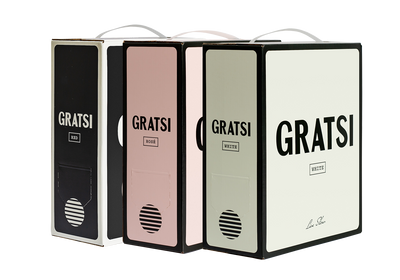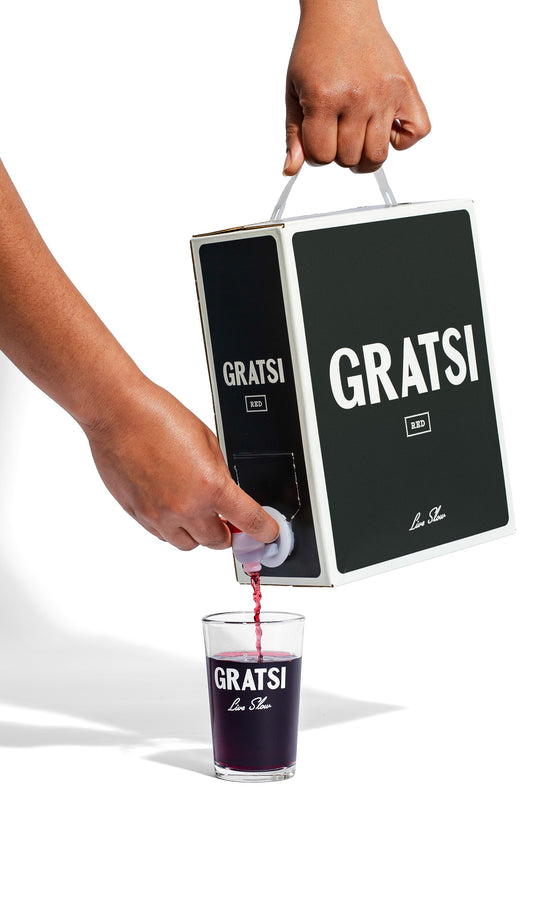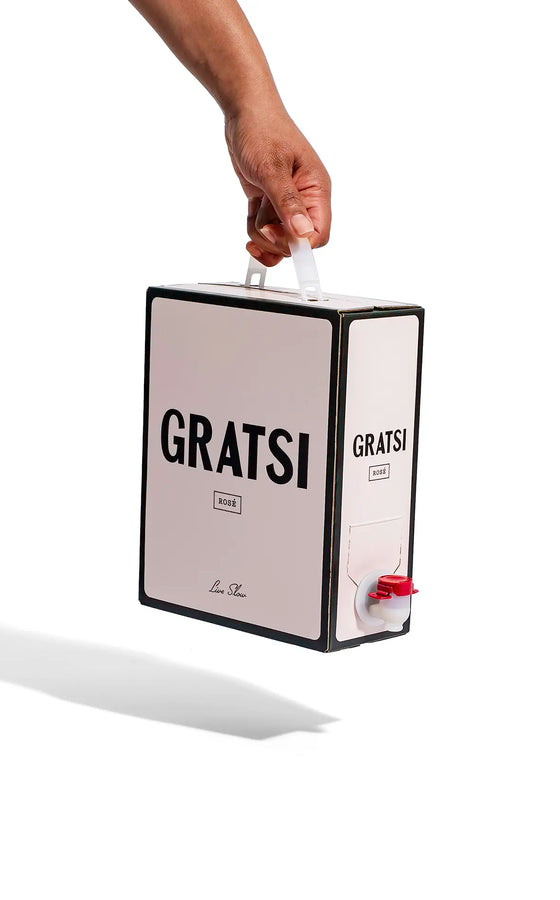In the Heart of Barumini: Cooking Tallarinus with Nonna Luciana

EPISODE 8
In the Heart of Barumini: Cooking Tallarinus with Nonna Luciana
By Gianina Rose
July 09, 2025
Our journey through the Sardinian inland begins in the south. After arriving by ferry, we land in Cagliari and head to Barumini, a small village about 45 minutes inland.
It’s a Saturday morning in late June. The air is warm, hay bales dot the fields, and the landscape feels timeless.
We reach Barumini via a country road — though, in truth, almost every road we’ve taken on this trip has been like this. Sardinia is a stunning land that has preserved its rural character in many ways, including its roads. In fact, there’s only one main highway crossing the island; the rest are provincial roads winding through fields and flocks.


We’re here to meet Nonna Luciana. By chance, we arrived on the day of the Corpus Domini procession. Although the village is tiny, traditions remain intact. A procession of the faithful moves slowly through the alleys as the scorching sun begins to lower. There’s a deep sense of calm here, a serenity that softens even the noisiest thoughts.

Perhaps it’s the calm presence of Nonna Luciana who welcomes us with her daughter Luisella and her son-in-law Salvatore. Perhaps it’s her smile — slightly shy, a little worried, maybe even surprised that someone would want to film her recipe. Barumini has fewer than a thousand inhabitants, but each person we meet offers help: directions, advice, a question.
We take part in the procession. The streets are covered with flower petals and fresh mint. With every step, the crushed leaves release a fragrance that fills the air.

Our Saturday ends like this. We say goodbye to Nonna Luciana after reassuring her that the filming will be simple, and that she’ll be wonderful. On Sunday morning, we wake up early. The heat is already intense. We buy some flowers for Nonna Luciana and head straight to her house.
One thing I’ve noticed in all the episodes we’ve filmed is how seriously these grandmothers take our appointments. If you say 8:30, they’re ready by 8:00 — apron on, ingredients laid out, waiting for us with a mix of excitement and nervousness. It’s not just a recipe for them; it’s a ritual, and it deserves respect.

Sure enough, Nonna Luciana is waiting with a smile. Luisella, her daughter, stands by her side — her right hand. They’ve lived in the same house since Luciana was widowed, though she makes it clear she’s completely independent. A strong woman.
She didn’t have the chance to study. In her time, daughters were expected to marry — not to learn a trade. Mothers taught their daughters the skills a wife would need. Luciana and her sisters helped their mother sew. Later, she met her husband, a marshal, and followed him across Sardinia, moving wherever his post required. Listening to her, I feel a mix of emotions. Comparing her life to ours today is almost disorienting. Luciana was born in 1938 and lived through the war. It doesn’t seem that long ago, yet the way of life has changed dramatically.
She tells us that only one of her sisters ever left Sardinia to try her luck elsewhere — a decision that caused their mother such sorrow that she eventually fell ill.


These stories surface during the breaks we take while preparing today's recipe: Tallarinus — a traditional dish claimed by both Nuragus and Nurallao.
I always ask the nonna what recipe she’d like to cook. I want them to choose, to preserve the authenticity of their gesture and the meaning that dish holds for them.
Luciana picks Tallarinus because it’s the dish she prepares during Easter or whenever there’s something to celebrate — like when her granddaughter comes home from working abroad.
Tallarinus is a baked pasta dish made with a handmade noodle similar to tagliolini (now rarely prepared by hand, even by Luciana), layered with three types of sheep’s cheese with varying degrees of aging, and flavored with saffron. It's assembled in layers, like lasagna, and baked.
The recipe isn’t complicated — it just requires generosity and patience, two things Luciana has in abundance.




Ingredients:
- 1 lb (16 oz) angel hair pasta, thin spaghetti, or similar
- Boiling water (as needed)
- 14 oz (approx. 1 ¾ cups) aged pecorino cheese (we used three varieties of local sheep’s milk cheese)
- Saffron powder, to taste (typically 1–2 pinches or one small packet)
- 1–2 tablespoons lard (enough to lightly grease the baking dish)
While the water comes to a boil, shred the cheese — some finely grated, some in thin slices — to create layers of texture.
In a small bowl, dissolve the saffron in a bit of hot water.
Once the ingredients are ready, cook the pasta until just al dente, then drain it and keep it in a bowl with a little water to prevent sticking.
Grease the bottom of the baking dish with a bit of lard. This keeps the pasta from drying out and doesn’t alter the flavor like olive oil would. Begin layering: pasta first, then saffron water, then grated cheese, then cheese slices. Repeat until all ingredients are used. Bake at 180°C (350°F) for 40–45 minutes, checking occasionally to ensure it doesn’t burn.




Nonna Luciana asks if we’re happy with the dish, if it turned out well. She hopes it tastes good.
The truth is, dishes like these are always good — after sixty years of practice, they can't be. What makes them special isn’t just the flavor, but the people around the table, the stories that surface, the parts of life that are shared.
The one thing you can’t replicate is the feeling of being trusted with a stranger’s memories. I’m grateful that each grandmother, even though she doesn’t know me, opens up and tells me about her life — as if I were her granddaughter. And even if the dish weren’t good (though so far, that’s never happened and likely never will), for me, that trust is priceless.
Luciana’s family is incredible. When we go downstairs — where Luisella and her husband live — we find the table set as if it were Christmas. Every detail is cared for: appetizers, fruit, salad, even the placement of the glasses. Every dish has its place, like a still life comes to life.
This is true Italian hospitality — the kind that makes you never want to leave.
We lose track of time. As we keep talking and laughing, we silently hope the clock might turn back, because we’re in no hurry to leave. But maybe that’s how you know it was worth it: when you have to leave and you wish you didn’t.
Grazie, Nonna Luciana, for this unforgettable day.






